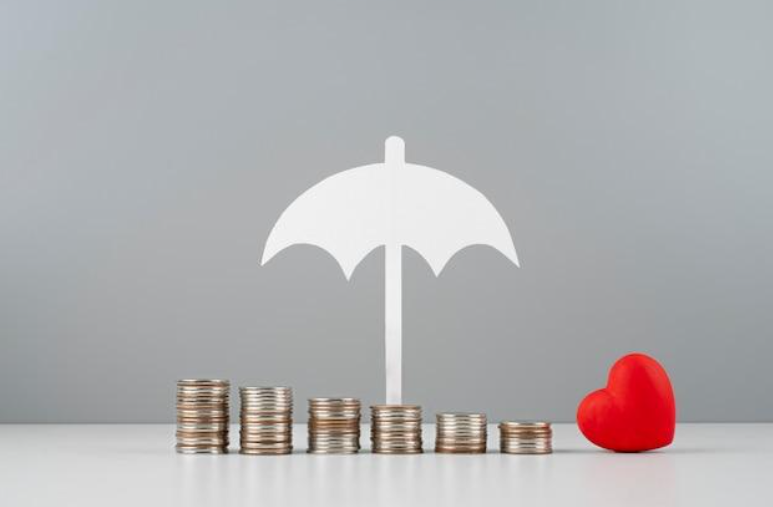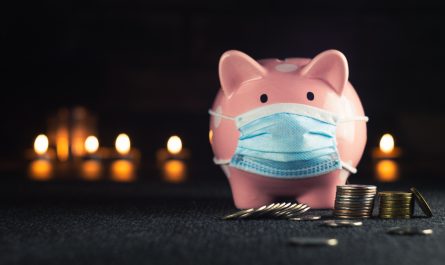Having a financial safety net is one of the most important things you can do for yourself. After all, your budget doesn’t always predict every future expense with pinpoint accuracy.
You may never know what could be coming down the pike. Maybe your driver’s side door handle falls off, and now you have to pay to reattach it and confirm it still works with your fob. Perhaps you have to rush your dog to the vet after they swallow a wasp. Stranger things have happened!
In these unpredictable situations, a financial safety net can come in handy. Despite its name, a safety net may not be a single entity, but several parts woven together.
While every safety net looks different, reflecting the owner’s unique needs, most include the following three financial products. Let’s take a look at these popular elements of the financial safety net.
Table of Contents
1. Emergency Fund
An emergency fund is a self-made account of savings that you can tap when your paycheque falls short of what you need.
Most financial advisors recommend you sock away the equivalent of three to six months of living expenses in this fund — although you might want to focus on your first $1,000. A smaller goal is less daunting, which can make it seem more achievable.
With urgency a priority in an emergency, it’s important these savings are available at a moment’s notice. Make sure your account comes without withdrawal limits or delays.
2. Line of Credit
Having a line of credit can be helpful any time you’re building an emergency fund scratch or refilling it after a big withdrawal. It provides financial backup when your savings are on the low side.
Let’s first address the elephant in the room: what is a line of credit? It’s simple — it’s a personal loan that comes with a predetermined limit. You can borrow as much or as little of this limit in as many installments as you want. Every month, you’ll receive a statement that reflects your usage.
Unlike other personal loans, you will only accrue interest on the amount you owe — not the total credit available. It’s also available on a revolving basis — which means you can draw against your limit if you pay off your previous withdrawals.
3. Insurance
Sometimes, a line of credit and an emergency fund won’t be enough. For life’s biggest emergencies, you need the help of insurance. Health, auto, and home insurance provides the last line of defence against devastating damages to your property or medical and dental expenses not covered by your provincial healthcare.
Shop around for policies and insurance companies to ensure you’re getting the coverage you need. Playing around with your deductible — this is what you pay out of pocket before your insurer takes over — can reduce your monthly premiums, but it can increase what you have to pay during your emergency.
The Takeaway:
The individual threads of your safety net — an emergency fund, a line of credit, and insurance — provide strong financial backups in their own right. However, they create a stronger cushion when you weave them together. And with a stronger safety net, your finances will be more resilient in the face of challenging emergencies.


